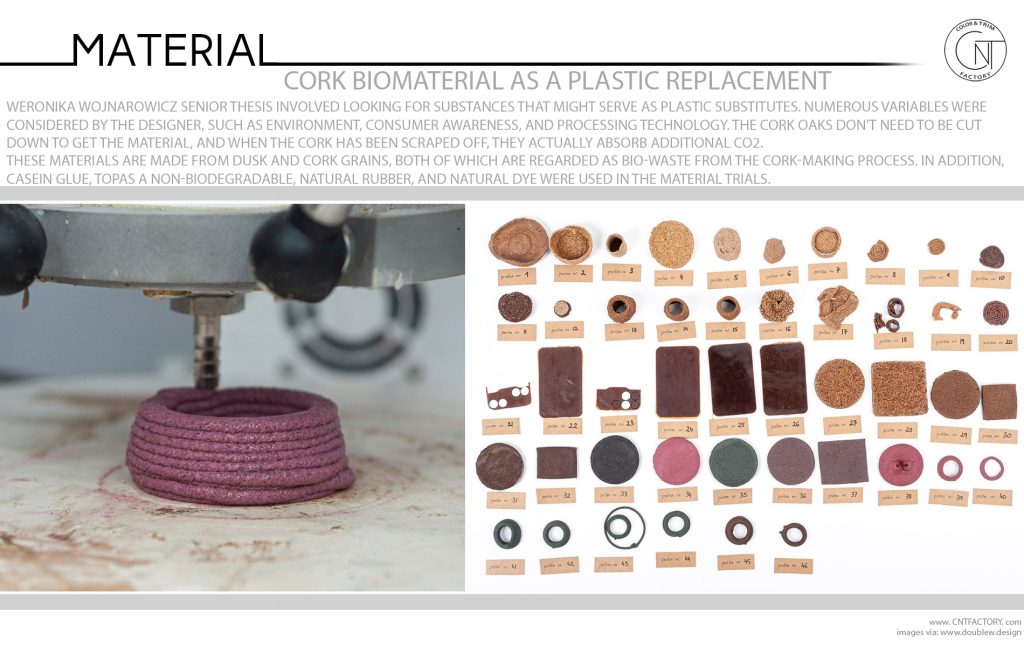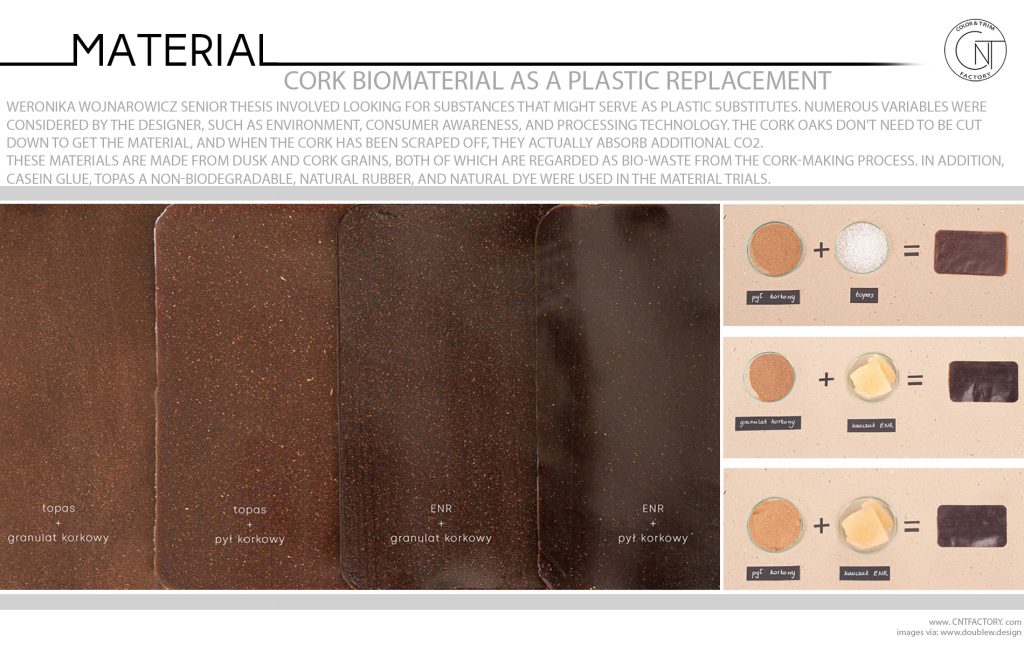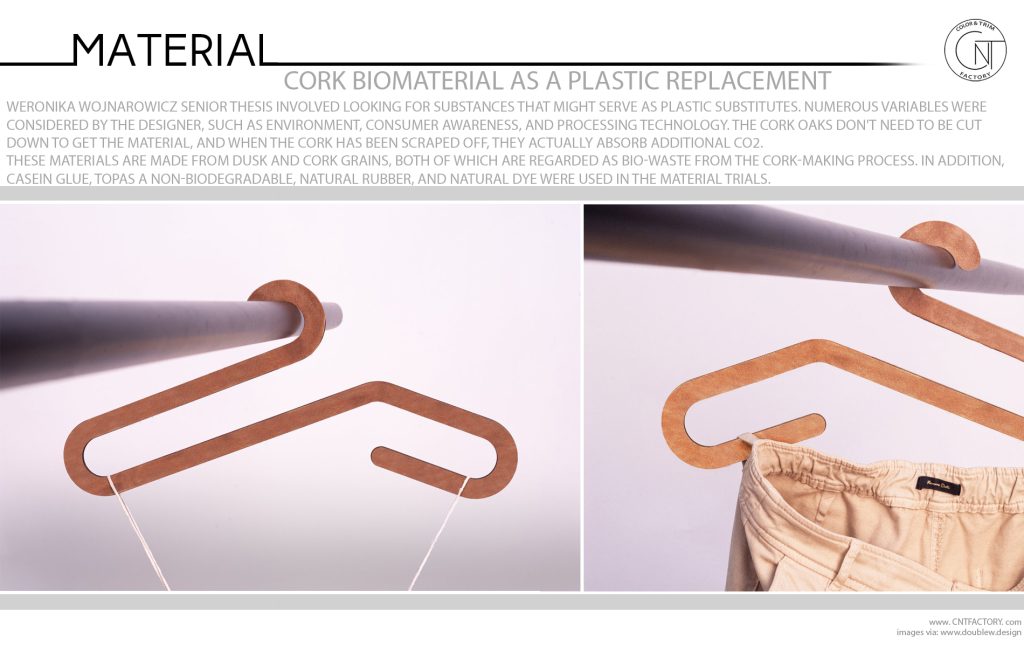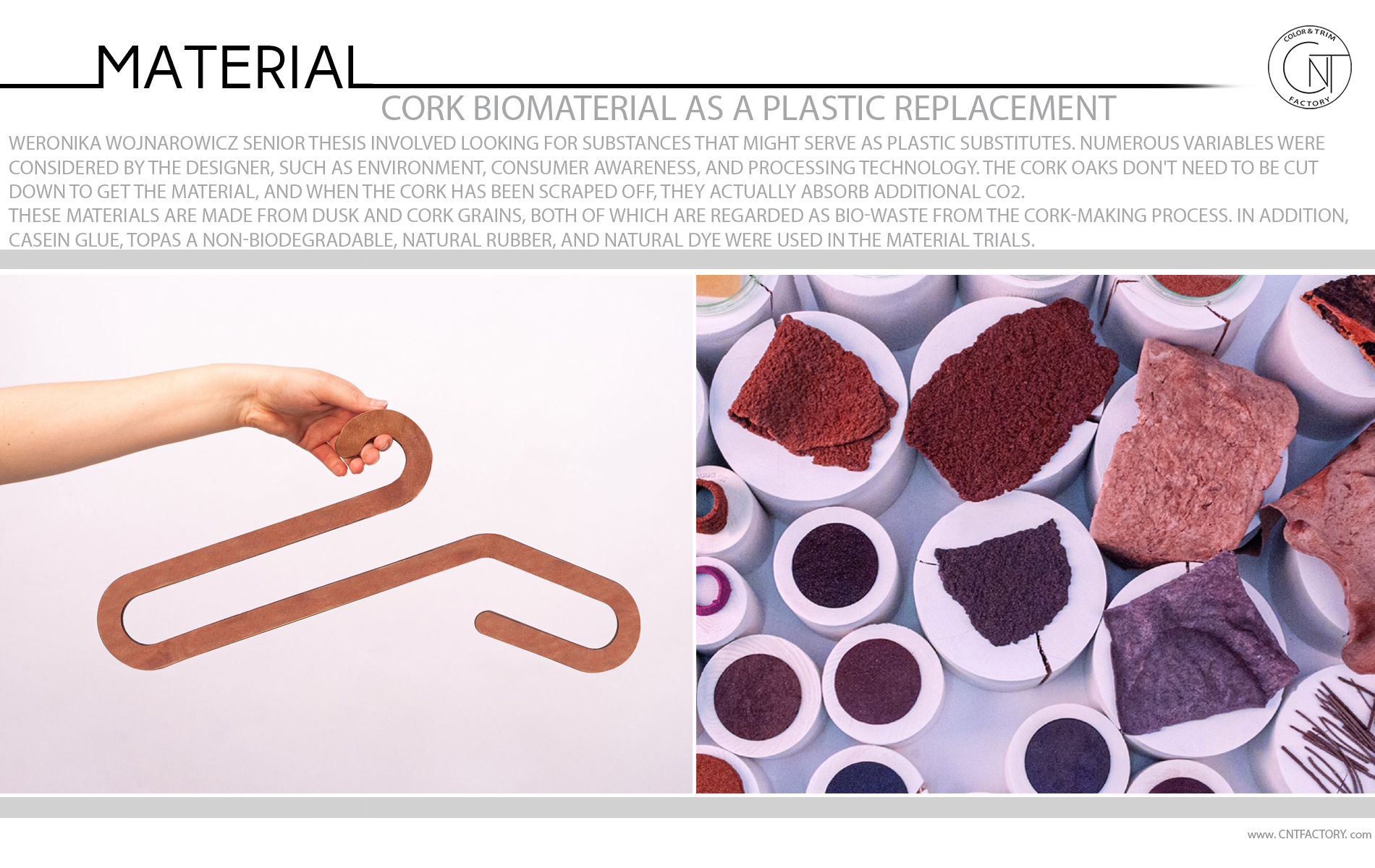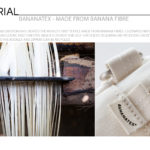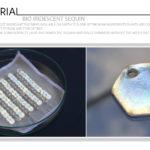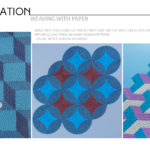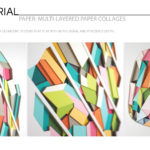Sorry, this content is for members only.
Join To View ThisRelated Post: Spider Silk / Cork Redesigned / Bogwood
Weronika Wojnarowicz senior thesis involved looking for substances that might serve as plastic substitutes. Numerous variables were considered by the designer, such as environment, consumer awareness, and processing technology. The cork oaks don’t need to be cut down to get the material, and when the cork has been scraped off, they actually absorb additional CO2.
These materials are made from dusk and cork grains, both of which are regarded as bio-waste from the cork-making process. In addition, casein glue, Topas a non-biodegradable, natural rubber, and natural dye were used in the material trials.
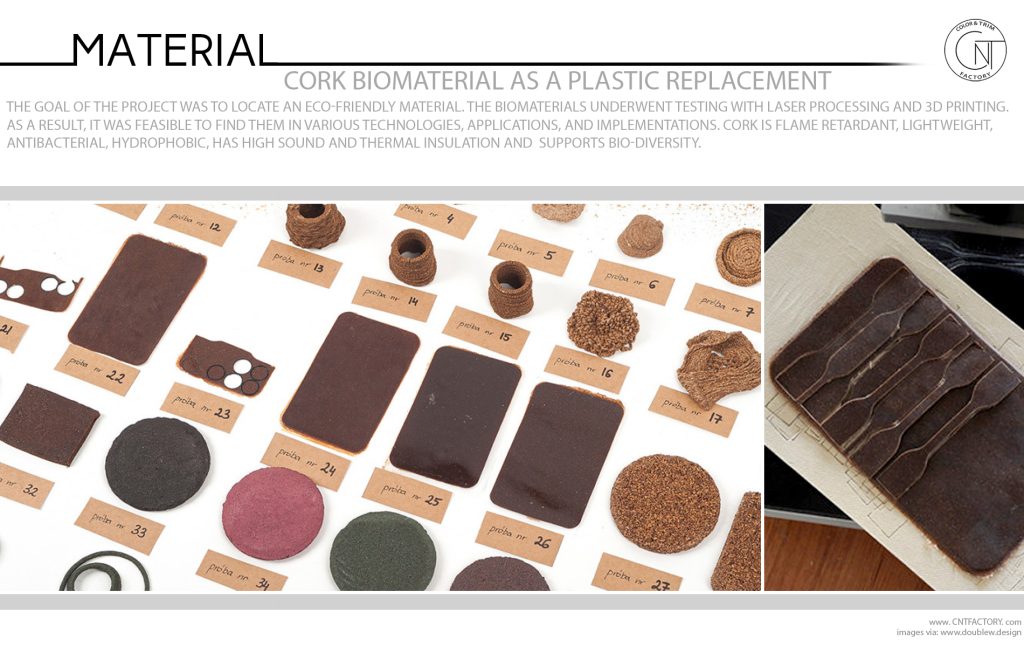
The goal of the project was to locate an eco-friendly material. The biomaterials underwent testing with laser processing and 3D printing. As a result, it was feasible to find them in various technologies, applications, and implementations. Cork is flame retardant, lightweight, antibacterial, hydrophobic, has high sound and thermal insulation and supports bio-diversity.
